First time buyers get 20% off *
Sonata, Op. 168 (1921)
Camille Saint-Saëns ((9 October 1835 – 16 December 1921))
Bari Sax Solo with Piano
Sonata Op. 168 by Camille Saint-Saëns, arranged for Bari Sax Solo with Piano. Although written in 1921, the final instrumental work by Saint-Saëns, the Sonata Op. 168 is stylistically firmly rooted in the nineteenth century. After a lyrical and highly expressive first movement, the soloist is plunged into a seriously challenging scherzo, where the superb clarity of Saint-Saëns’s writing makes the music even more demanding – not least with a low-dynamic, chromatic ascent into the altissimo range at the end of the movement. The gentle mood of the third movement – slow and lyrical, with a brief, joyous concluding section – provides a welcome contrast. The piano part is beautifully crafted and often very sparse which allows to the soloist the fullest range of dynamics and color.
The Sonata Op. 168 in G major was originally written for bassoon and piano. This arrangement is for baritone saxophone and piano. It is in the original keys. The solo part extends well into the altissimo range. The saxophone part includes alternative notes for those not wanting to play altissimo. This work is for ambitious or advanced players. The piano part is moderately difficult.
The sonata has three movements:
1. Allegro moderato
2. Allegro scherzando
3. Molto Adagio – Allegro moderato
- The range for the saxophone solo part is shown below.
- Audio and score excerpts are available above.

About the Composer
The French composer, pianist and organist, Camille Saint-Saëns, showed signs of exceptional musical ability from infancy. He gave his first private concert to an audience at the tender age of five, started seriously composing the following year, and aged 10 gave his professional debut with an orchestra playing a Mozart concerto and the first movement of Beethoven’s C minor Concerto. He entered the Conservatoire de Paris in 1848, where Halévy was his teacher. His dazzling gifts early won him the admiration of Charles Gounod, Rossini, Berlioz and especially Franz Liszt, who hailed him as the world’s greatest organist.
Camille Saint-Saëns was organist at the Madeleine from 1857 to 1875, and a teacher at the Ecole Niedermeyer, from 1861 to 1865, where Gabriel Fauré was among his devoted pupils. With only these professional appointments, he pursued a range of other activities, organizing concerts of F. Liszt’s symphonic poems (then a novelty), reviving interest in older music (notably of J.S. Bach, George Frideric Handel and Rameau), writing on musical, scientific and historical topics, travelling often and widely (in Europe, North Africa and South America) and composing prolifically; on behalf of new French music he co-founded the Société Nationale de Musique (1871).
His works include the opera Samson et Dalila (1877); choral works; chamber music; concertos for piano, violin, and cello; and such orchestral works as the renowned Third Symphony (1886), which was dedicated to Liszt. Saint-Saëns was one of the first to write symphonic poems, such as his Danse macabre (1875). Carnival of the Animals (1886) was written as a private joke, and Saint-Saëns never allowed it to be performed during his lifetime.
Saint-Saëns was interested in astronomy, archaeology, philosophy, and other fields, and he was also a prolific poet and essayist. He had an unhappy marriage, and both of his sons died in childhood. His extensive travels were often reflected in his music. Both Africa (1891) for piano and orchestra and Caprice Arabe (1884) for two pianos show these influences, as does his Suite Algérienne (1880). He died in Algeria on Dec. 16, 1921.

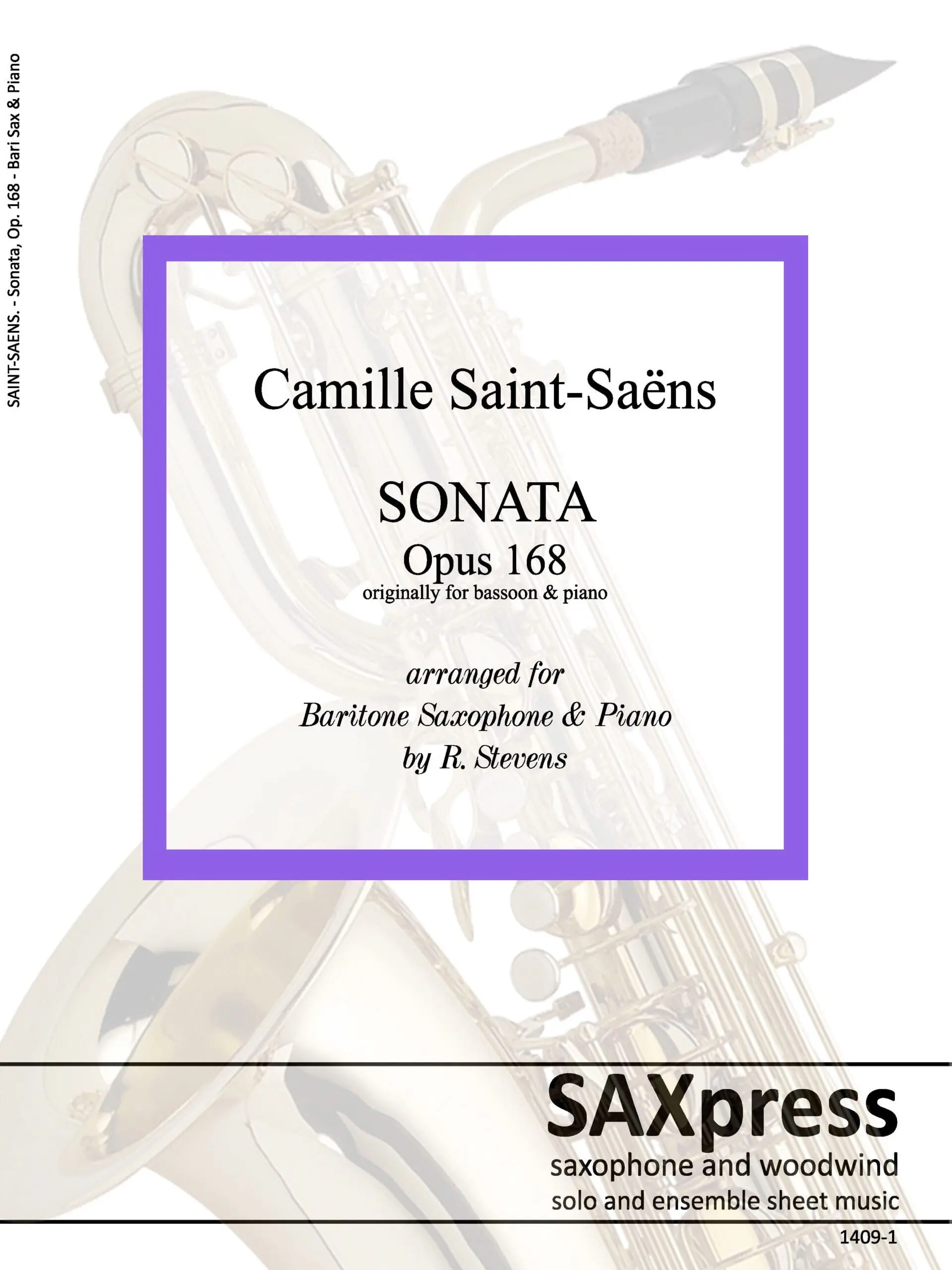
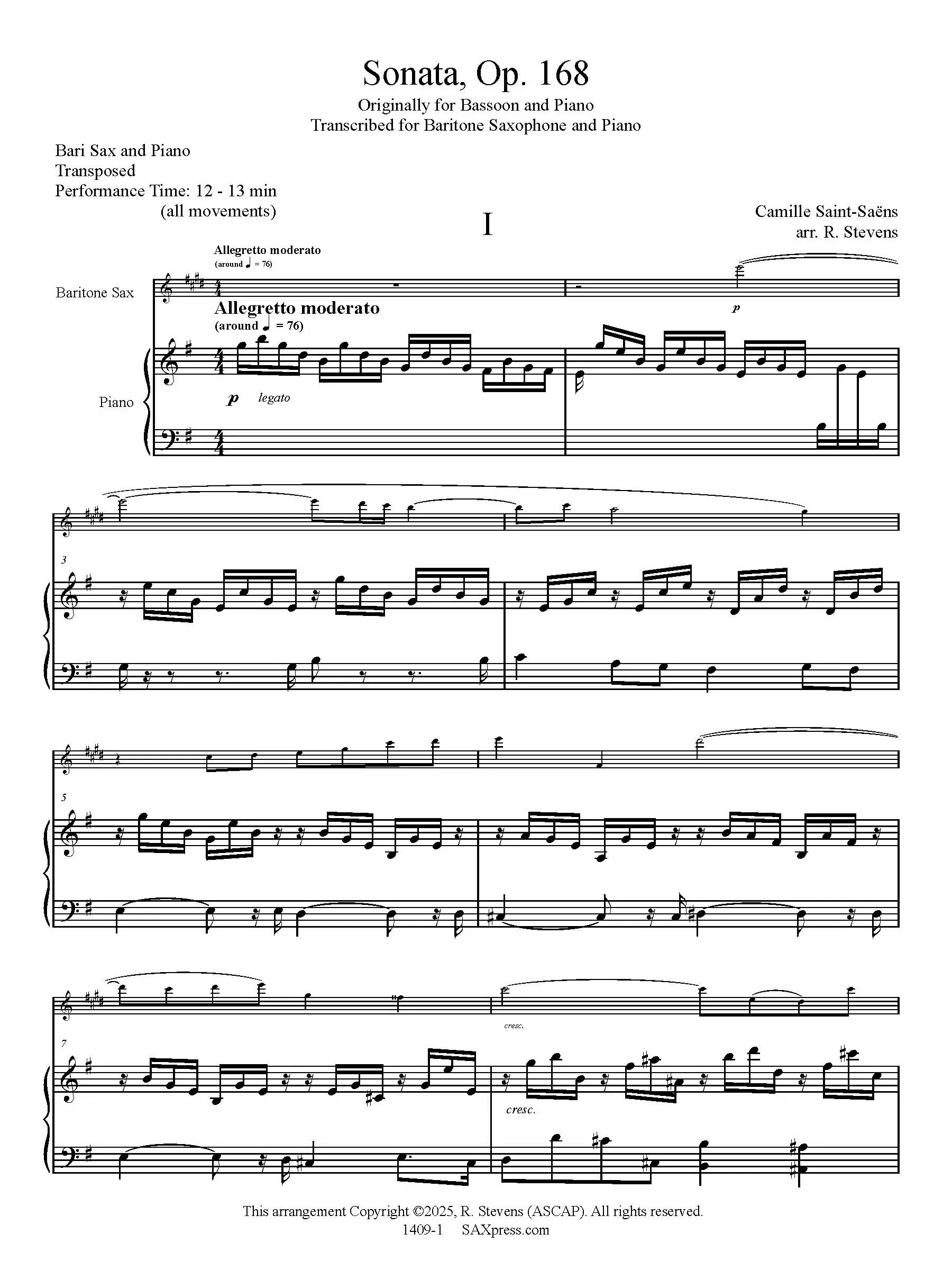
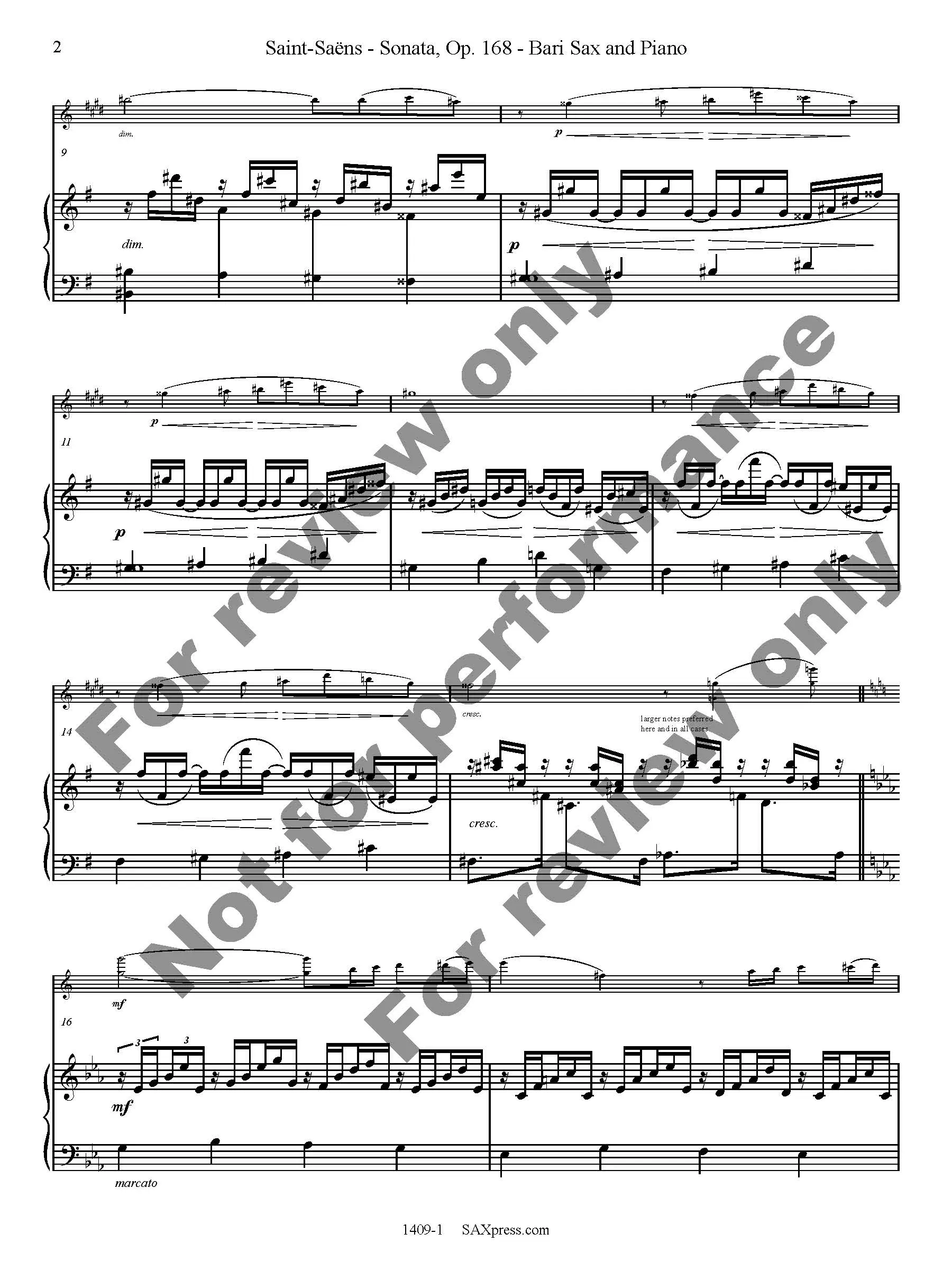
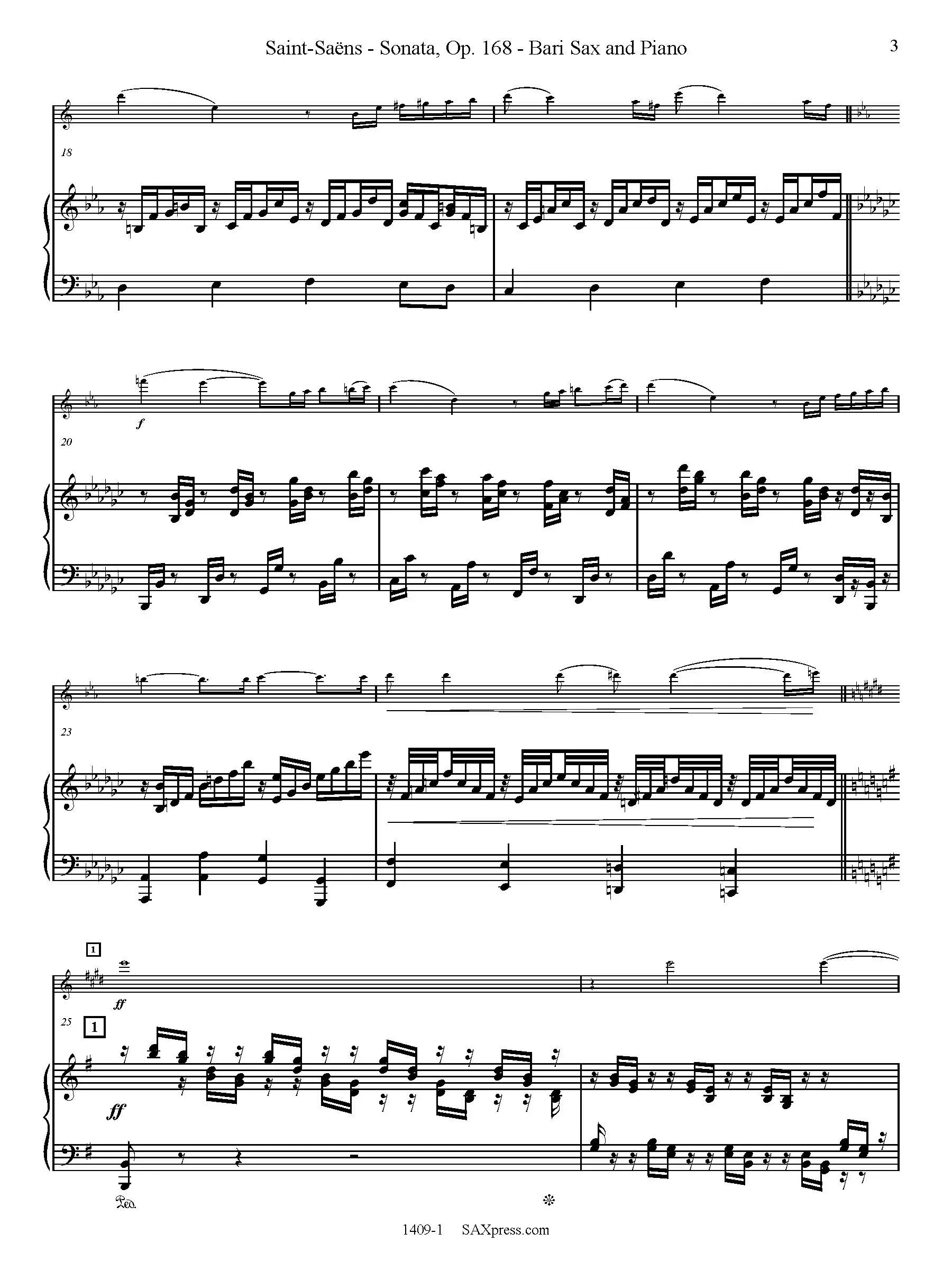
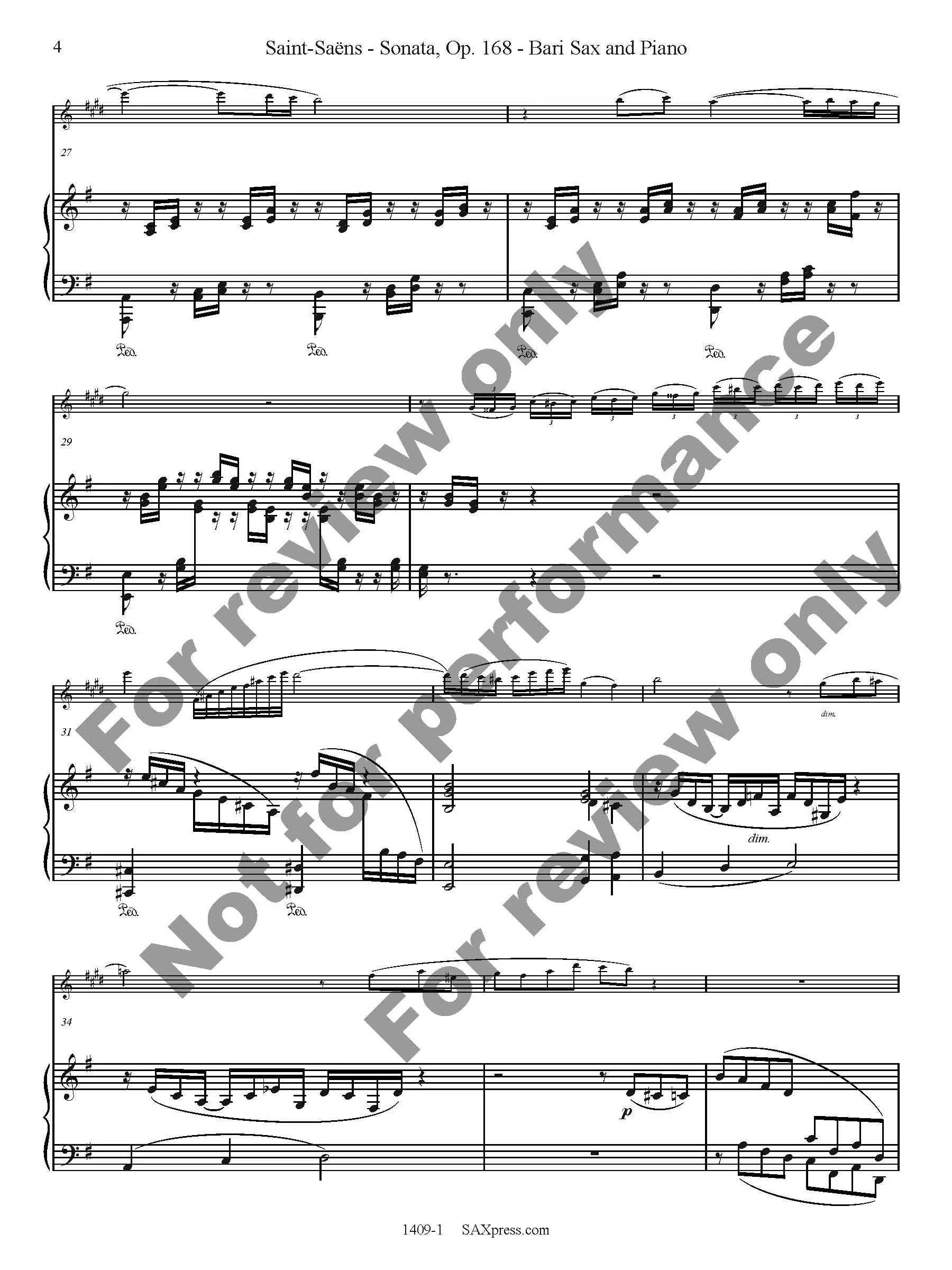
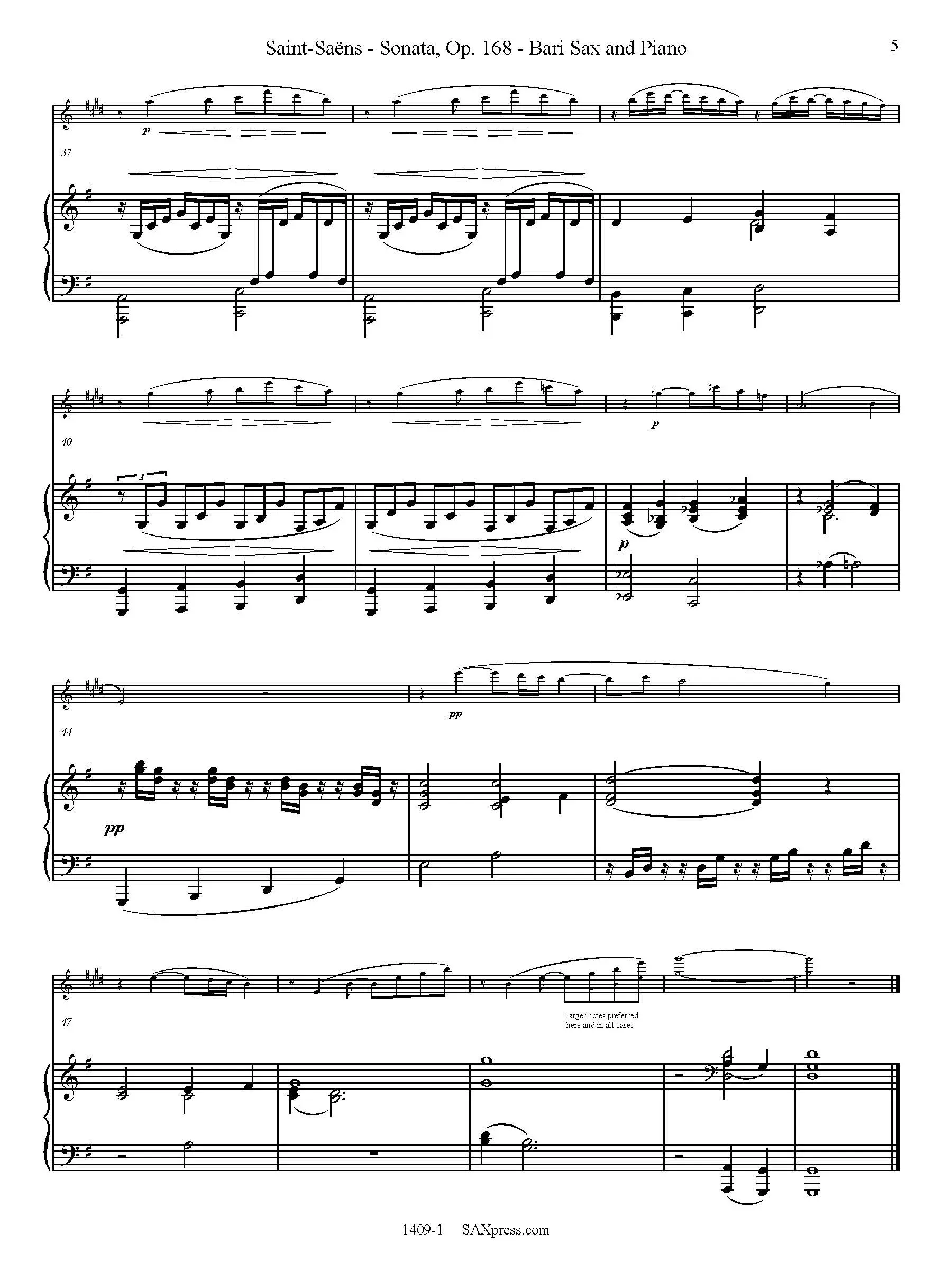

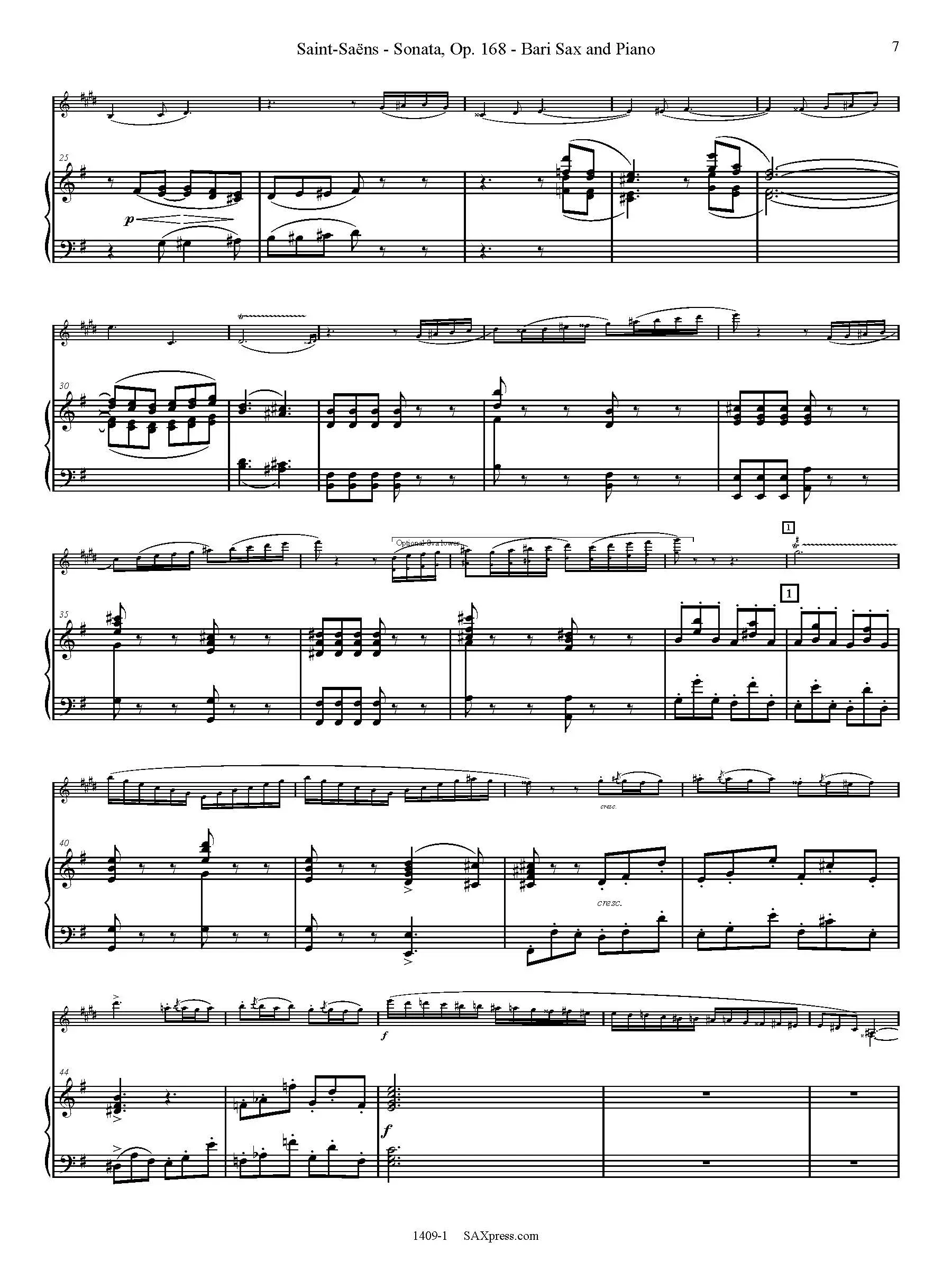

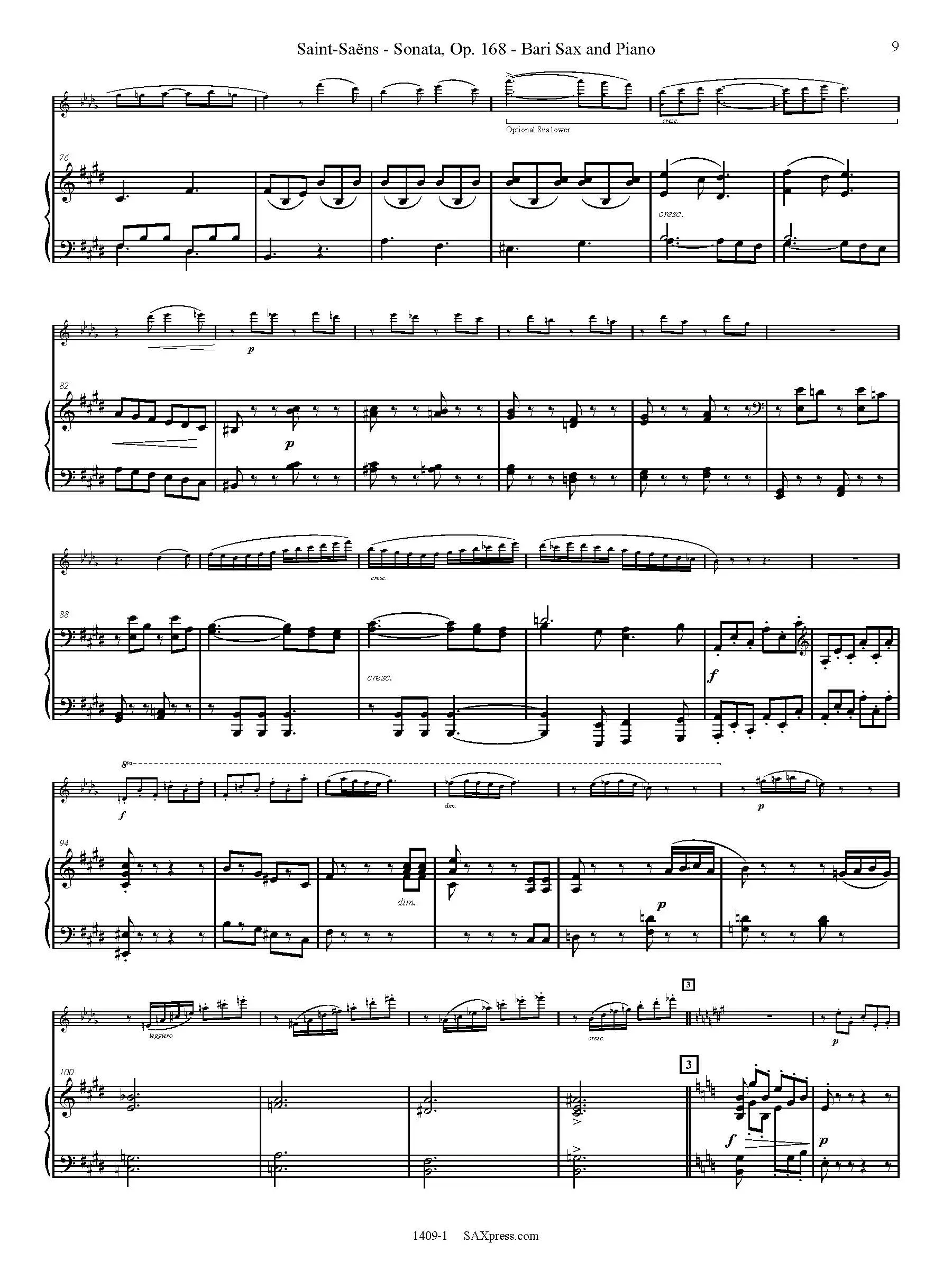
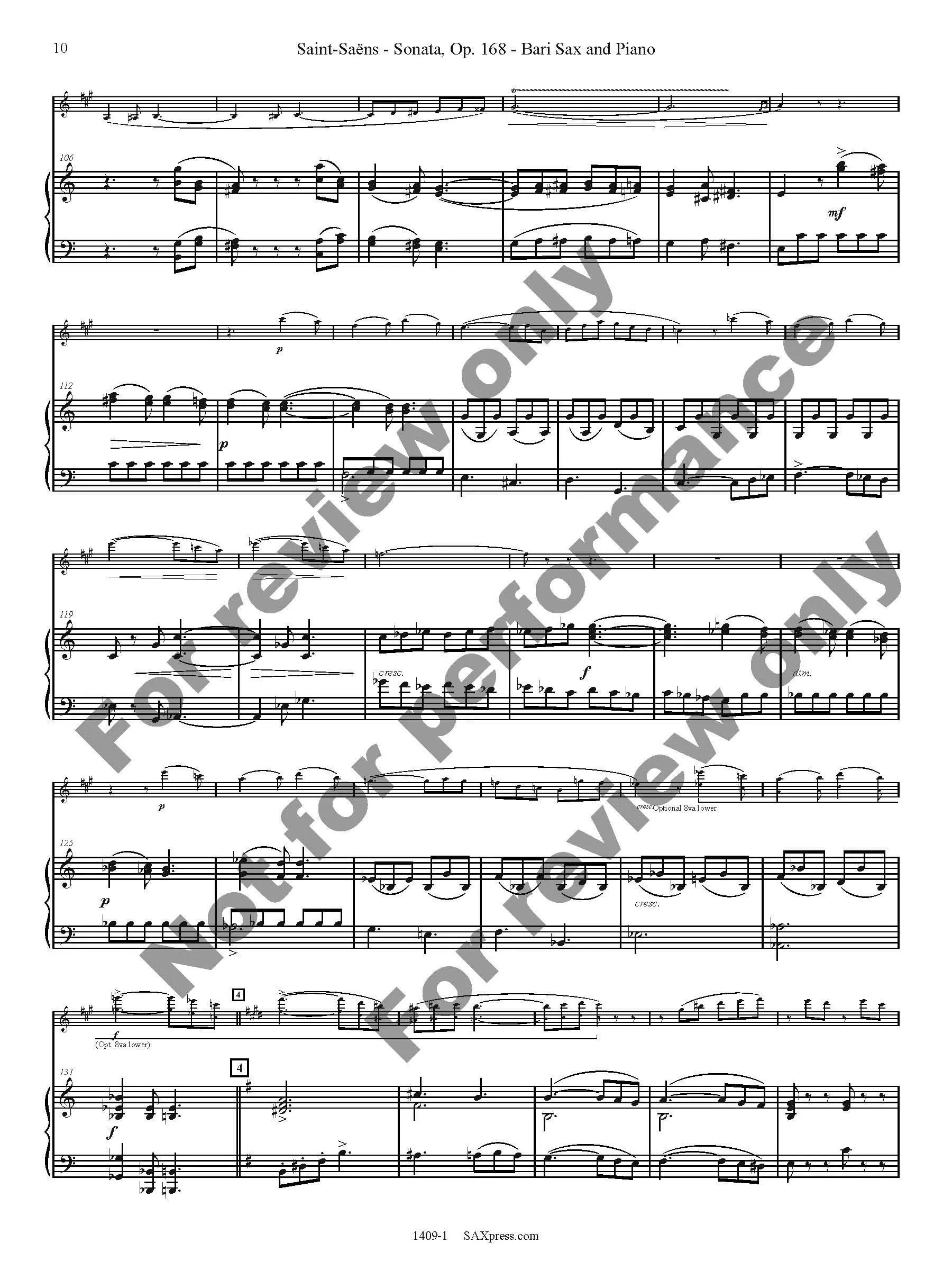

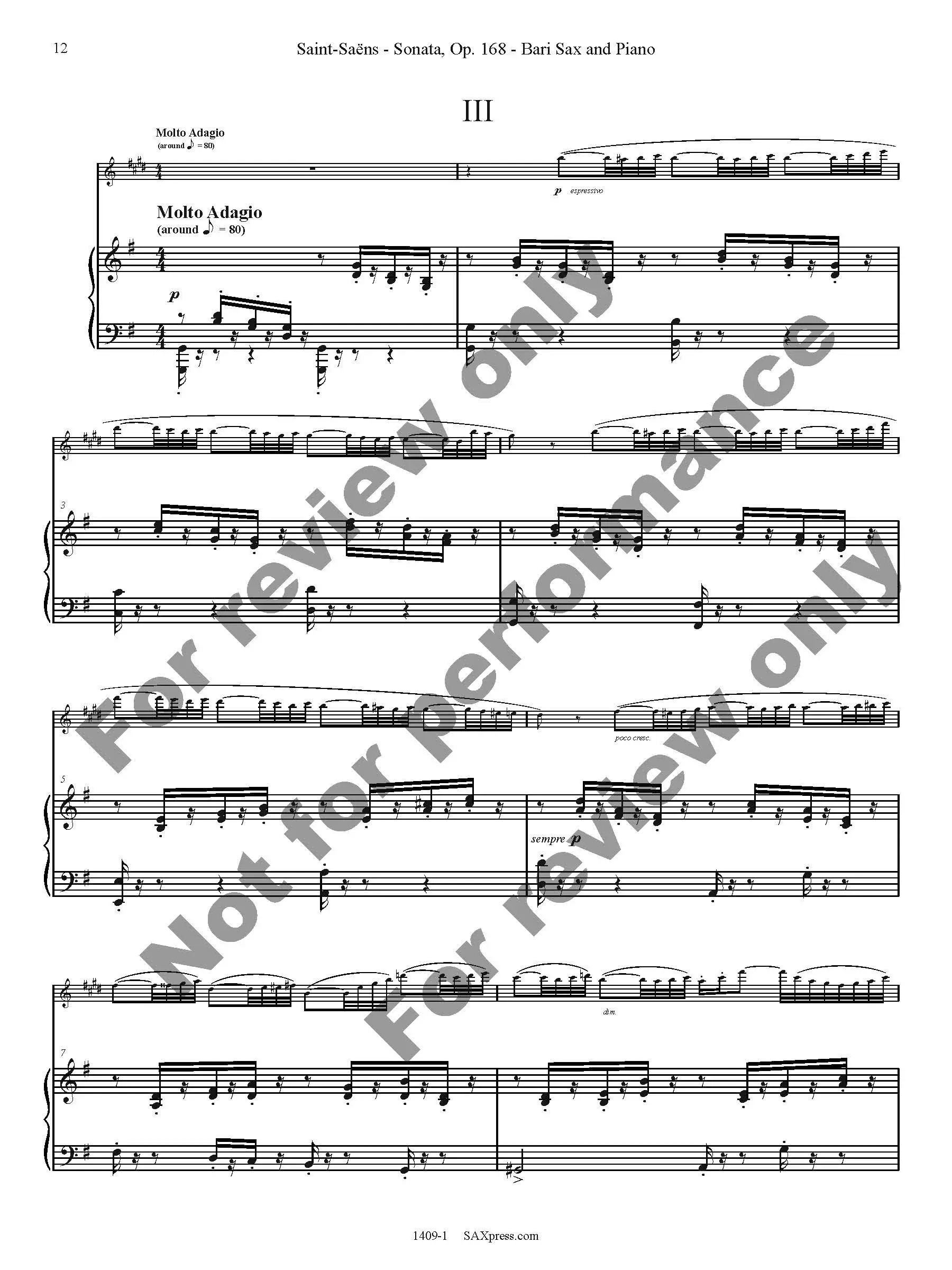
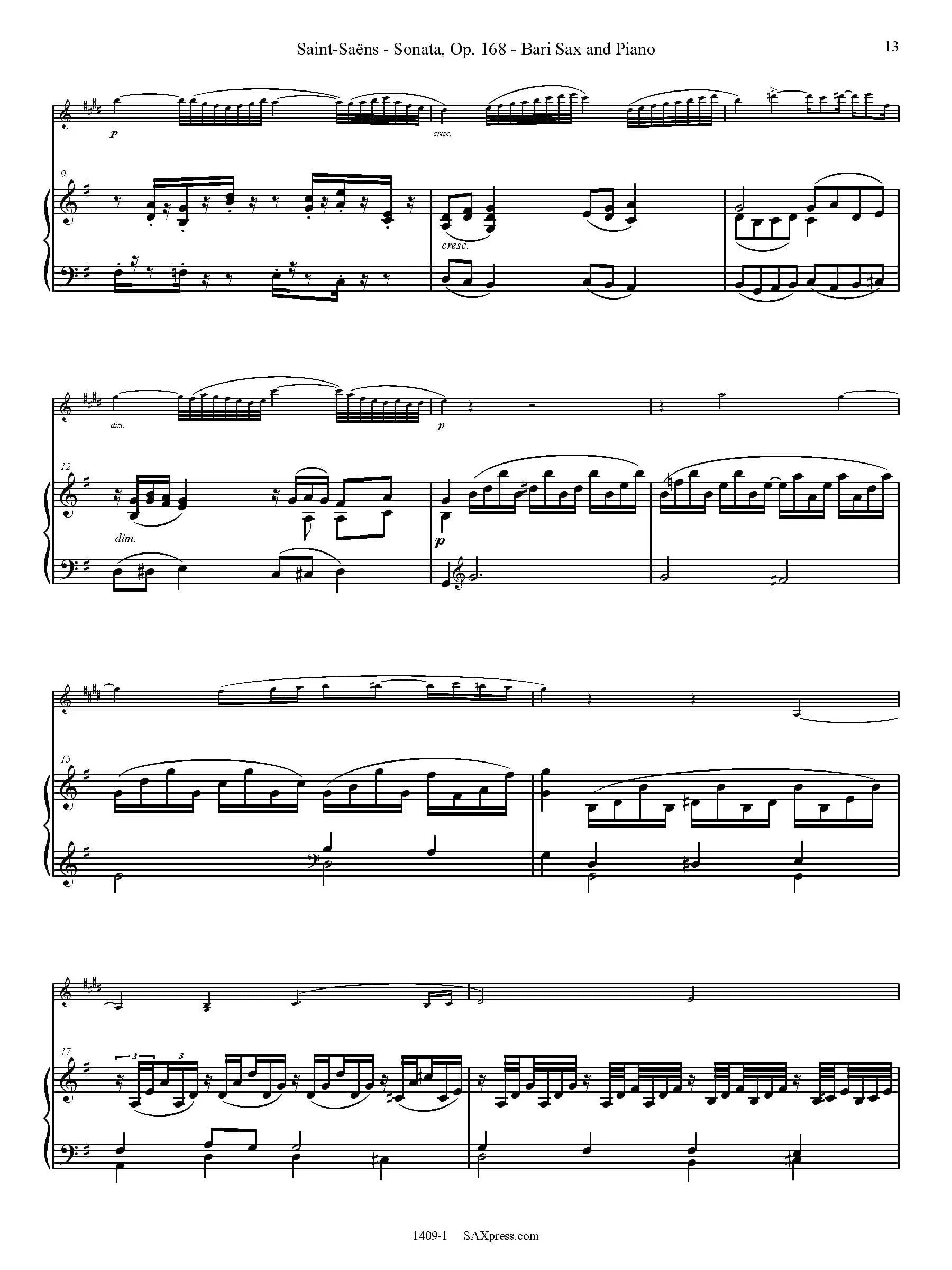
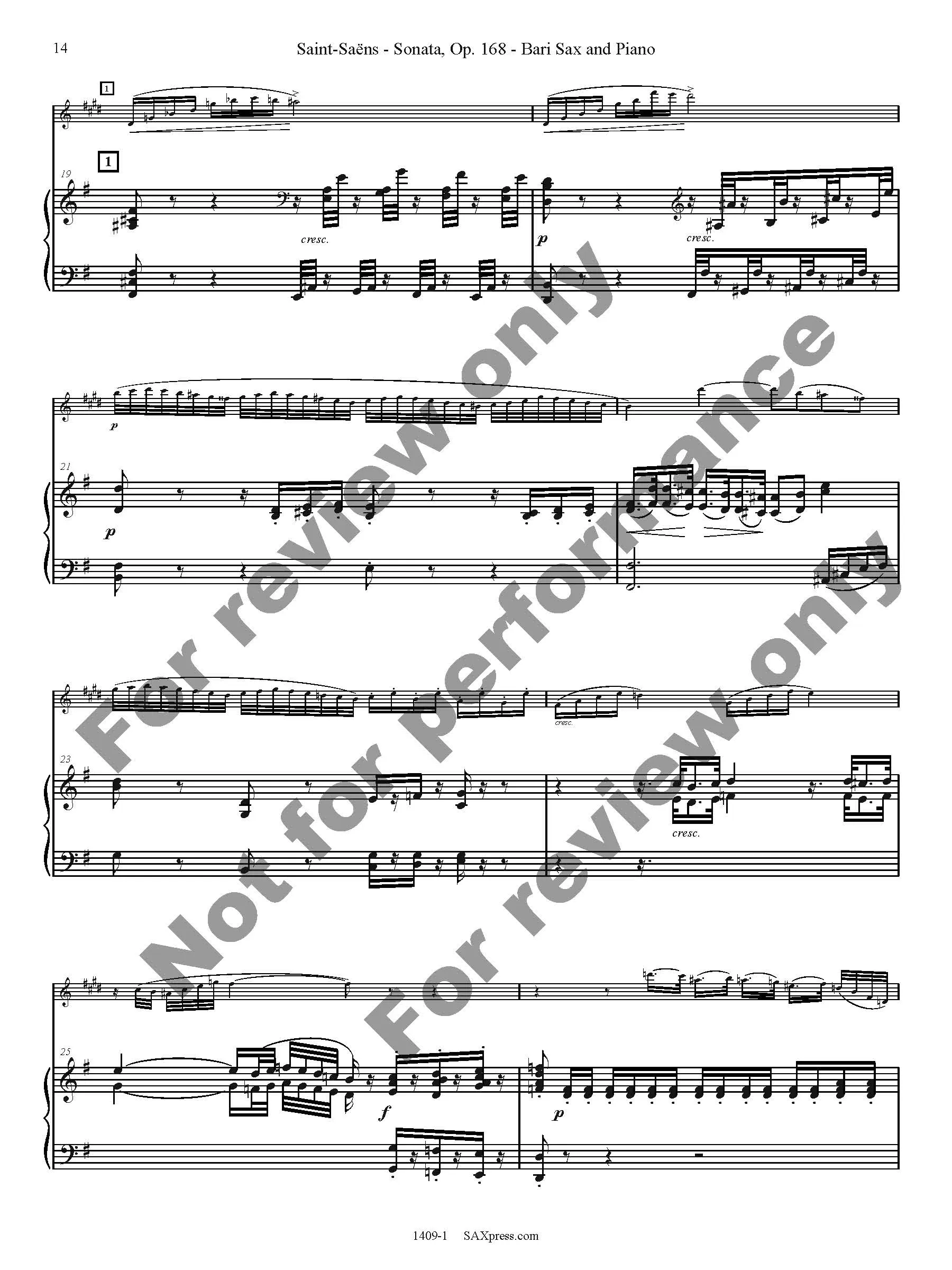
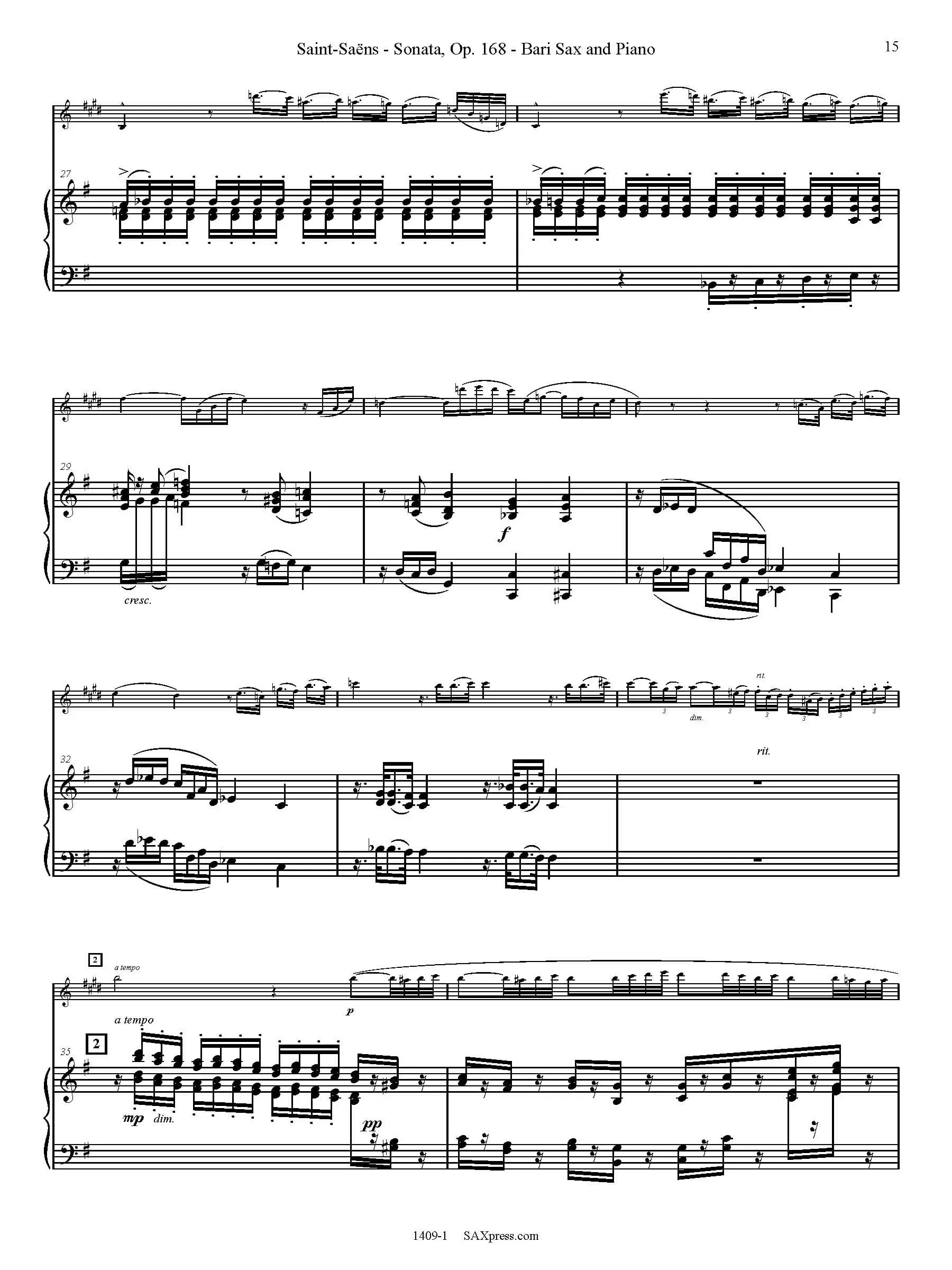
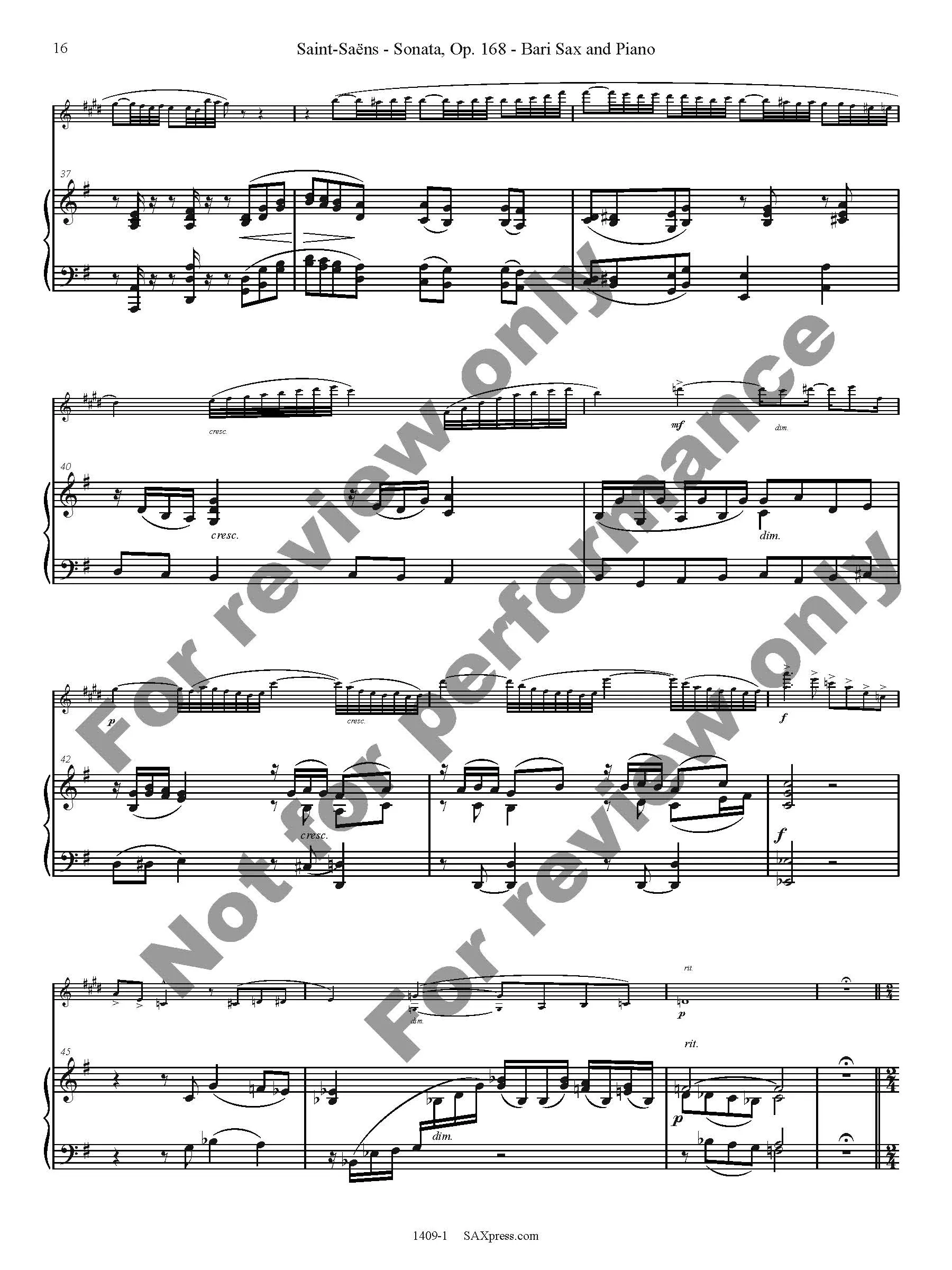
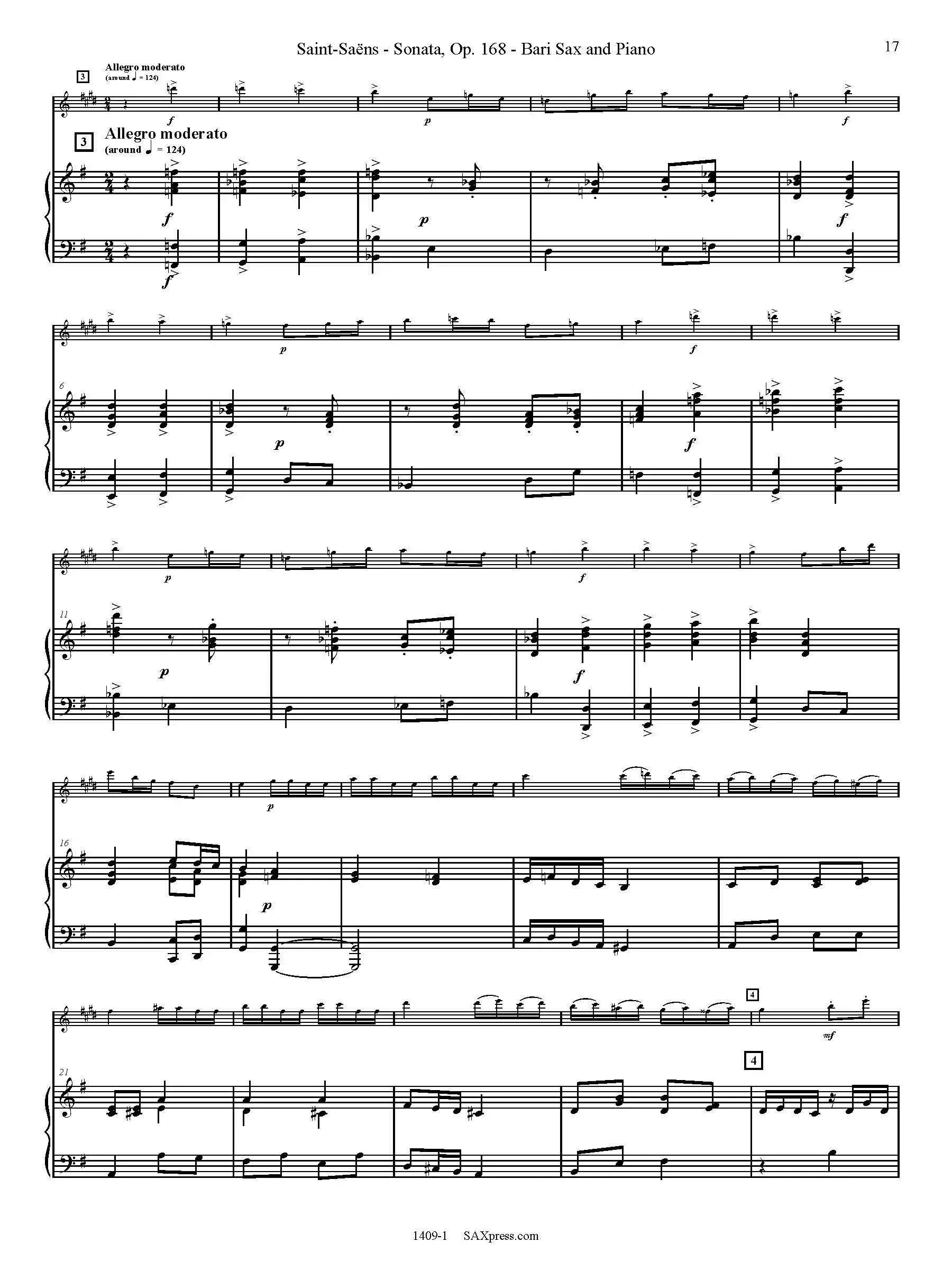
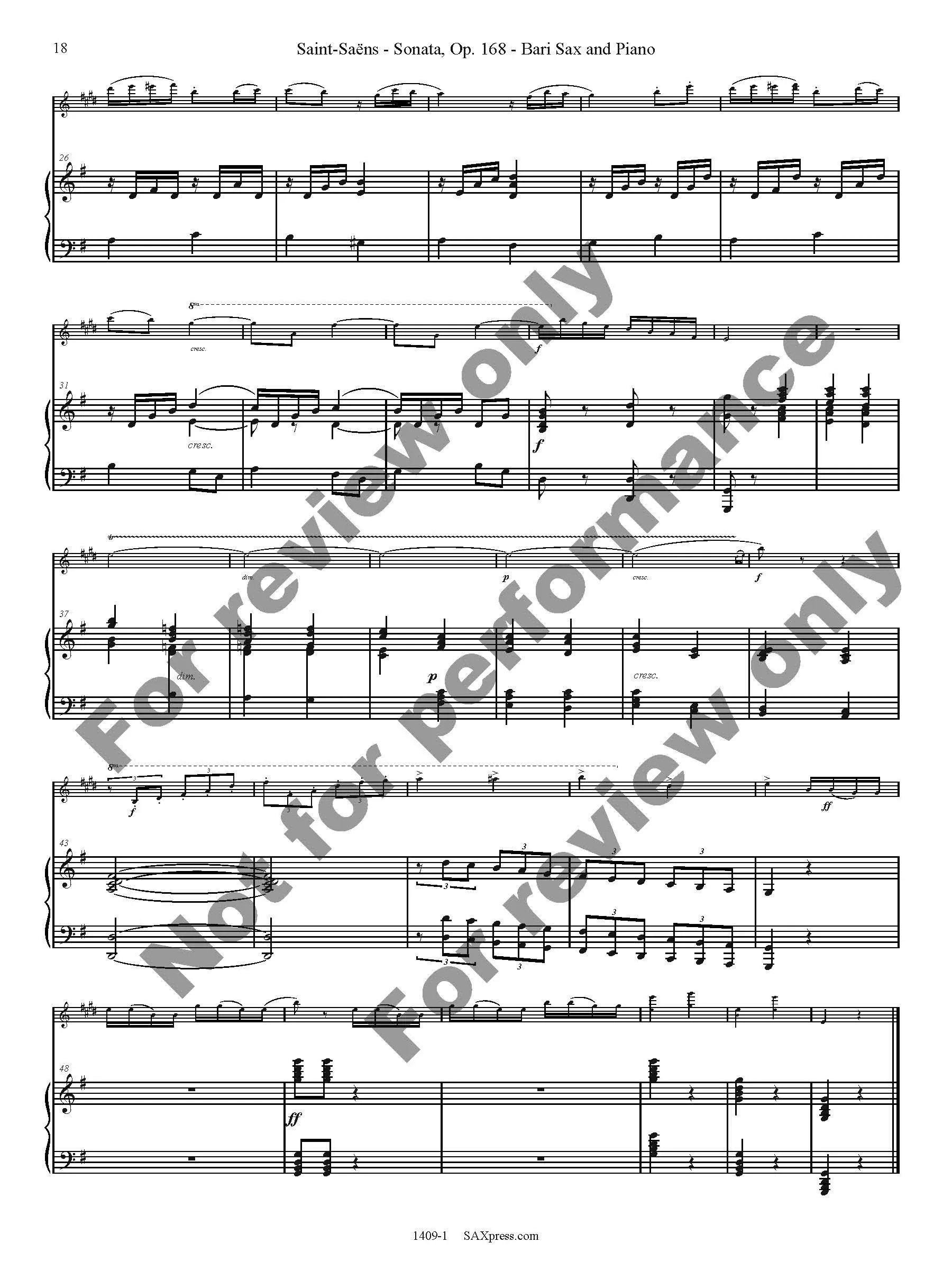
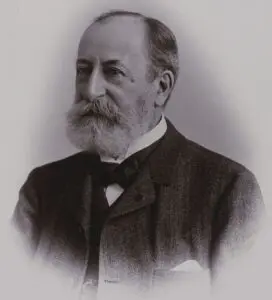
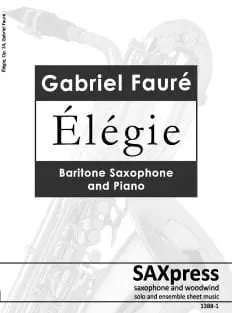

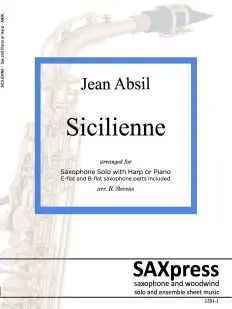
Reviews
There are no reviews yet.